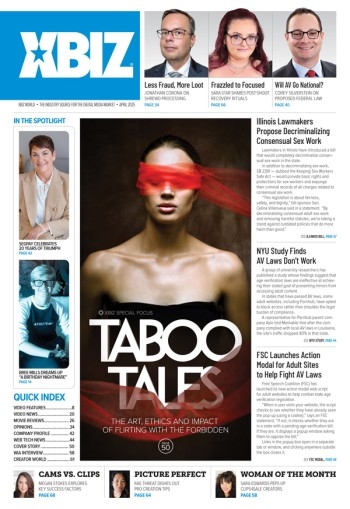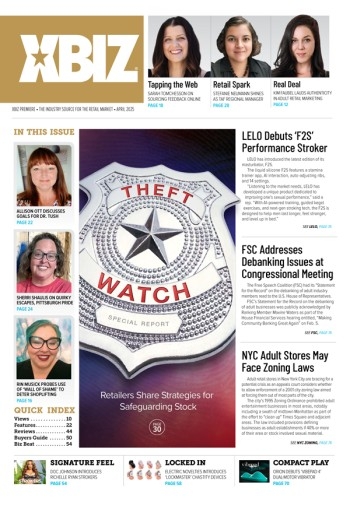As a former technology executive, I was one of many who were obsessed with examining business cases within the framework of the “millennial problem.” Virtually everyone around us — in marketing, social media, product, UI/UX — was trying desperately to connect to the vernacular of a younger generation. But in doing so, we’ve turned a blind eye to a much more compelling, and perhaps more profitable and ubiquitous, phenomenona: the rise of the silver economy.
The term “silver economy” references the emergence of a powerful and growing group of consumers, typically age 65 and older. Their increasing clout as consumers is attributable to two long-standing demographic trends. Firstly, average life expectancy has increased dramatically thanks to the advent of medical science and the proliferation of ancillary technologies (improved senior care, apps that find discounts on pharmaceutical drugs, etc.) According to the U.S. Census Bureau, the average American lived to about 68 years old in the 1950s. Today, that number is significantly higher at 85. Moreover, tech spaces have revolutionized senior mobility and remote health diagnostics, improving not just the length of the average life expectancy, but also the quality of those additional years. In short, one can make the argument that, all things being equal, Americans today are living longer and enjoying a higher quality of life than ever before. But an increase in life expectancy is hardly enough justification for market paradigms to shift. Saying that people are now living longer is not reason enough to devote resources or entire product roadmaps to this aging demographic. After all, businesses look at market segmentation, and identify their opportunities based on the largest potential ROI. Therefore, to fully justify and comprehend the potency of the “silver economy,” we have to look to a second demographic trend: decreasing birth rates.
By some estimates, the global value of the silver economy will reach $15 trillion in 2020, with vast opportunities for penetration.
For historical reference, the U.S. birth rate in the 1950s was about 3.5, meaning that the average American woman had between three and four kids in her lifetime. Today, that number is closer to 1.7, a significant decline from previous decades, and one that seems counter-intuitive to the ideas of medical advances that this article had previously touted. Economists and sociologists disagree on the precise causes of this decline. One plausible explanation is that the financial burden of parenthood is simply too daunting for young would-be parents. Since the last recession, the socioeconomic context for millennials has been: record credit-card and student loan debt, stagnant wages, financial anxiety, and an overall downtrodden outlook. Moreover, many U.S. companies (close to half) offer no maternity leave policy. And of those that do, only 6 percent offered paid leave. Simply put, the financial obligations of parenthood have forced many young people to delay, or do away entirely, with the idea of having children.
So, what does all of this mean in context of the silver economy? We know that longer life expectancy means growing membership and activity for the 65 and over consumer crowd. But, if you take that, and factor in the fact that Americans today are having fewer children, what comes of it is a demographic breakdown that is “top-heavy.” Put simply, if the trends continue at their present rate, we will soon have an economy that has significantly more old people than young folks. In fact, the U.S. Census Bureau estimates that by 2035, there will be more people over the age of 65 than those under 18 years of age. All of this presents a very compelling case for identifying older consumers as their own market segment — one that is on equal par and footing with our industry’s traditional demographic targets. Indeed, by some estimates, the global value of the silver economy will reach $15 trillion in 2020, with vast opportunities for penetration.
For those of us in the pleasure products industry, this is welcome news. We have both the means and motivation to develop new lines of products geared towards the 65-plus consumer demographic. As the popular Netflix series “Grace and Frankie” demonstrates, the concerns of this particular consumer group (seniors and sex toys) are unique and challenging. First and foremost there are physical constraints on the part of the user (arthritis, joint pain) that may necessitate the use of lightweight, ergonomic materials. Secondly, the traditional technologies that were attractive to our “standard” consumers (i.e. Bluetooth connectivity, USB charging, app integrations) may be construed as excessive and confusing. The challenge herein is to present a product that is technologically intimate but communicated with little to no technicality, in both the physical design and its functionality and user experience. As we continue to develop new products and further its offering, I will be pushing hard for us to devote resources and dedicate future prototypes to serve this demographic. As the saying goes, we have to get with the (olden) times!
Alvin Huang is chief strategy officer at Le Stelle, a new luxury toymaker that integrates stunning designs with innovative technology. He heads the company's strategic initiatives, including partnerships, sales channels and marketing efforts. Prior to joining Le Stelle, Huang was a SaaS executive with a background in economics.







